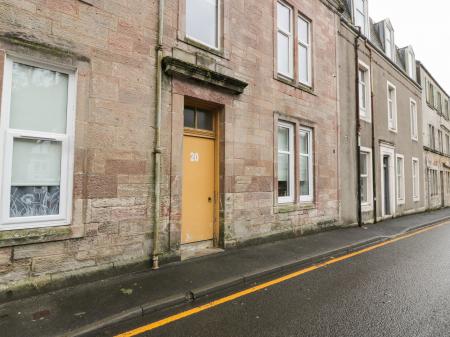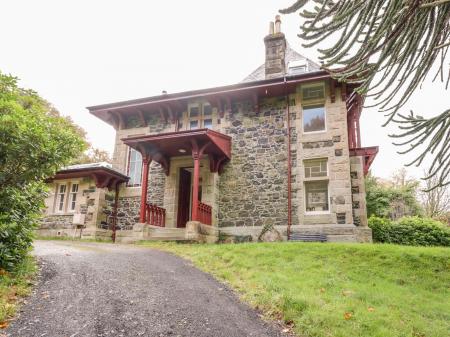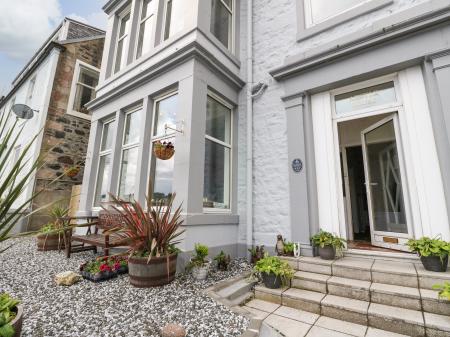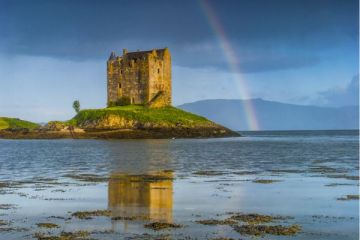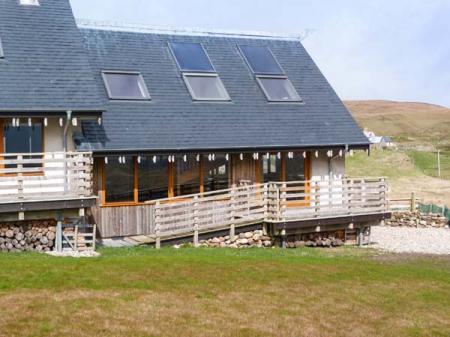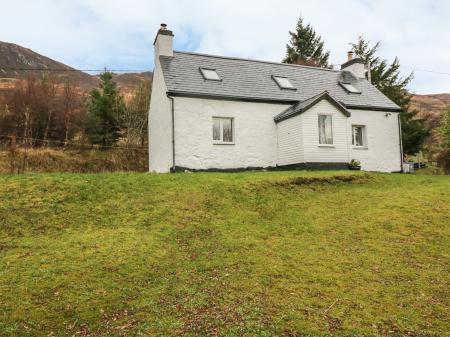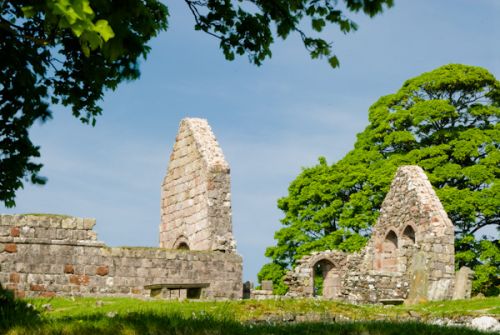
St Blane established his monastery only a mile from the hill-fort at Dunagoil, on a site backing onto wooded cliffs and defended on two sides by low stone walls (still very much in evidence). Walls enclose two oval spaces, the larger measuring 200 metres by 120 metres wide, and the smaller extending a further 190 metres.
Inside the main area is a large circular enclosure, 10 metres across, within massive walls up to 2.5 metres thick. This enclosure is known as The Cauldron, and may actually be the remains of a dwelling that was here before St Blane arrived. At the foot of the cliff nearby is St Blane's Well, which served the monastery and was later a place of some reverence for pilgrims.
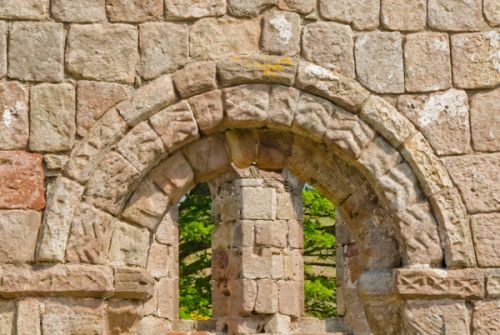
On a rise of ground at the centre of the main enclosure is the roofless 12th-century church, a simple structure with a nave and chancel, but boasting some wonderful Romanesque carvings around the door and window openings. Next to the church is an oval burial ground. This is linked by steps to a lower churchyard, which may have been reserved for women. There are numerous early medieval gravestones within the churchyard, and beside the church is a lovely old hogback tomb in traditional Viking style.
In 1863 a hoard of 12th-century gold coins was found about 350 metres from the church. With the coins were several gold ornaments of the same period.
St Blane's is a special place; the sense of age and history permeates the air, and it is hard to visit and come away unmoved.
We've mentioned the hill-fort at nearby Dunagoil, but also on the road to St Blane's are several groups of standing stones at Blackpark and St Ninian's.
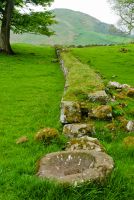
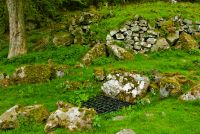
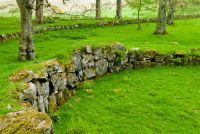
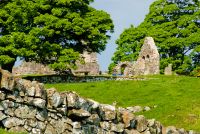
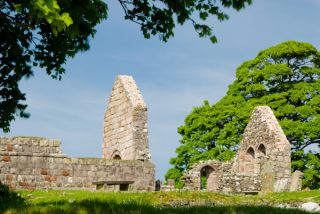
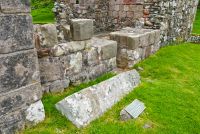
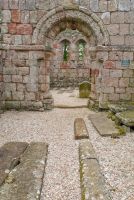
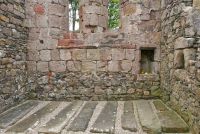
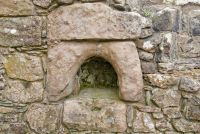
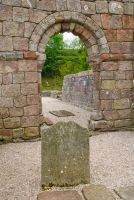
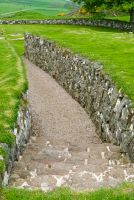
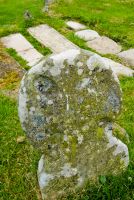
 We've 'tagged' this attraction information to help you find related historic attractions and learn more about major time periods mentioned.
We've 'tagged' this attraction information to help you find related historic attractions and learn more about major time periods mentioned.